Description
Wine is as integral to Luxembourg as the annual Hopping Procession is to Echternach. This foray into eastern Luxembourg takes us to the Moselle and through the heart of Luxembourg’s wine-growing region. The way is dotted with steep vineyards and small wine-growing villages that have retained the charm of bygone days. Detours to Schengen, where the Schengen Agreement that gradually abolished border checks was signed, and to the “Haff Réimech” nature reserve near Remerschen are absolutely worthwhile (+20 km). You will be cycling along the border to Germany, following the Moselle and Sauer rivers and should definitely plan to view the basilica in Echternach as well. An excursion to the impressive Vianden Castle is also possible (+20 km). The Alzette, the smallest of the three rivers along which you will be cycling, leads you back to the city of Luxembourg.
The tour can also be shortened. From Echternach, the national cycle path or “Piste cyclable” (PC2) runs via Consdorf and Junglinster to Luxembourg City. However, this section is more challenging due to the high elevation.
Directions
Excursion to Schengen (approximately 20 km there and back): Following PC3 along the bank of the Moselle, we head upstream until we reach Schengen. This cycle path runs along the “Route du Vin” (CR152), which leads out of the town and past Schwebsange to Remerschen. Here, you can turn off into the “Haff Réimech” nature reserve and make your way to the recreational man-made lake. The “Biodiversum” nature conversation centre is worth a visit, and, across from it, you can go for a swim or take a break in the restaurant. The youth hostel in Remerschen is also certified with the “bed+bike” label and offers nice accommodations for the night. The cycle path continues to Schengen, where you can learn about the Schengen Agreement at the European Museum.
From Remich, our tour follows the river downstream along the cycle path PC3 and towards Grevenmacher. We arrive at Grevenmacher after passing by Stadtbredimus, Ehnen, Wormeldange, Ahn, and Machtum. It’s worthwhile taking a detour into each of these small villages. Ehnen has a lovely little historic village centre, and Grevenmacher also boasts several pretty spots near the church. You should also plan to stop at the Grevenmacher “Playing Cards and Printing Press Museum”, which also offers refreshments. The butterfly garden is a true delight for all fans of these beautiful winged insects. We then follow the cycle path downstream until we reach Mertert. There, we ride past the port facilities and turn right to follow the Syre River to where it flows into the Moselle. From the mouth of one river to the next, where the Sauer flows into the Moselle, we continue to follow PC3 along the Sauer.
This route takes us past Born, Rosport, and Steinheim all the way to Echternach, with several lovely places to stop for a refreshment along the way.
You should definitely ride through the little town of Echternach and visit the basilica. The Echternach Hopping Procession, which takes place every Whit Tuesday, is listed as a UNESCO World Heritage.
We then continue cycling past Weilerbach, Bollendorf-Pont, Grundhof, Dillingen, and Wallendorf-Pont until we reach Reisdorf, where PC3 intersects with PC16. We then follow PC16 in the direction of Diekirch and Ettelbrück.
Excursion to Vianden (approximately 20 km there and back): A detour along PC3 in the direction of Vianden is definitely worthwhile, even though the path is a bit more challenging and part of it runs along a road with little traffic. The little medieval town of Vianden with its beautiful castle is a great place for exploring and simply enjoying a relaxing time.
Our journey continues past Moestroff and Gilsdorf to Diekirch. The cycle path leads us through the district south of the Sauer River. Diekirch has a nice little pedestrian zone with several restaurants, bars, and terraces. We continue along the riverbank until we reach Ingeldorf, where we cross the river and ride along the northern riverbank for a while, before cycling along the other side to Ettelbrück. We follow the signposts for PC16, which leads us along the riverbank to the sports centre. This is where PC16 ends and merges with PC15, the cycle path that takes us along the bank of the Alzette to Luxembourg City. The cycle path mainly follows the railway line, so you can also simply take the train towards Luxembourg City here. Taking the bridge over the river, we find ourselves on another cycle path, this time leading from Mersch to Lintgen along the railway tracks. There are clear signposts all along the cycle path, making it easy to follow all the way to Walferdange. In Walferdange, we turn right onto “Rue de l’Église”, which leads into “Rue Henri Dunant”. Arriving at the FC Avenir Beggen sports field, we connect with PC1 (turn left at the first intersection after the sports field). We turn right and go straight along the railway tracks until we reach Dommeldange. We ride past the train station and follow the signs for “Luxembourg-Grund”. The path leads through the Laval Park, and at the end we turn right and then left to turn onto the marked “bicycle route”. At the end of this route, in the Pfaffenthal district of the city, is the panorama lift, which you are also allowed to use as a cyclist. This will take you right into the centre of Luxembourg City. To reach the Grund (Gronn) district, leave the Pfaffenthal district through the “Rue Sosthène Weis” (also a bicycle route), which will lead you under the castle bridge and back to the tour’s starting point.
Descriptions of the tour’s localities and districts:
Kirchberg: Luxembourg’s European and banking district is not just impressive for its size. Architecturally, the district also literally stands outs, and quite a few prominent architects have contributed to this remarkable collection of architectural highlights. The Luxembourg Philharmonic concert hall is the youngest piece in this mosaic and is located just behind the “Rout Bréck” (Red Bridge). As you ride across this structure, you won’t regret taking a look back at the Alzette Valley. The bridge offers a beautiful view of Luxembourg’s Old Town and the Pfaffenthal district.
Bollendorf-Pont: Like several other localities along the Sauer River, this village was divided in 1815, when Luxembourg’s Bitburg region east of the Sauer was allocated to Prussia by the Congress of Vienna. Located on the eastern bank of the Sauer River, Bollendorf is thus part of Germany today. The castle there was once the summer residence of Echternach’s abbots.
Diekirch: Together with Ettelbrück, Erpeldingen an der Sauer, Bettendorf, and Schieren, this city of about 6,800 residents forms what is known as “Nordstad”, the country’s third urban centre after the capital Luxembourg and Esch-sur-Alzette. Not least because of its location on the southern edge of the Ardennes, Diekirch is widely regarded as the “cradle of Luxembourg tourism”. The St. Laurentius Church, with origins likely dating back to the fourth century, is considered one of the oldest places of worship in the country.
Plateau du Saint-Esprit: This plateau at the confluence of the Alzette and Pétrusse rivers once housed one the fortresses many barracks. The historic buildings were integrated into the newly-built justice centre, which dominates the plateau today. On the other side of the Alzette Valley is the Rumm Plateau, on which a military hospital belonging to the fortress used to be located. Today, the buildings house a nursing home for the elderly. Only a few metres separate the Plateau du Saint-Esprit from the Notre-Dame Cathedral and the government district.
City park: The capital city’s “green belt” wraps around the western edge of the Old Town and is an oasis for rest and relaxation. The park was created after the fortress was demolished in 1867, at the site where Luxembourg’s gigantic defences once stood and secured the west as the fortress’s only vulnerable flank.
Dalheim: One of the country’s most important archaeological sites, the Roman relay station “Ricciacus”, is located in the town’s south. The Roman highways of Metz-Trier and Lyon-Aachen once intersected here. In addition to thousands of coins, the excavations also brought forth a number of deity statues, two of which can be admired today at the Louvre in Paris.
Ellange: With slightly more than 300 residents, this village is idyllically situated on the heights above the Moselle. The locality owes its charm to the neatly restored farmhouses and a handsome parish church.
Remich: This spot on the Moselle was already prized by the Celts and the Romans. The Roman “Remacum” has now become a wine-growing centre and one of Luxembourg’s most popular tourist sites. The city centre still offers a medieval atmosphere today, and many of the numerous wine cellars invite visitors to take a tour.
Bech-Kleinmacher: This wine-growing village so typical of the Moselle houses the wine and folklore museum “A Possen”. The former winery offers visitors a glimpse of how winemakers lived and worked in the olden days.
Remerschen: The town lies between towering vineyards and the man-made lakes of the “Baggerweieren”. This nature reserve consisting of several former gravel pits attracts nature lovers, water-sports enthusiasts, and bathers alike.
Grevenmacher: The little town with nearly 5,000 residents still stands sentinel over an important crossing point on the Moselle, even though the fortress that once protected the Luxembourg territory was demolished long ago. A visit to the butterfly garden should not be missed.
Echternach: One of the oldest Christian and cultural sites in Europe, Saint Willibrord of Northumberland founded a Benedictine abbey here in 698 A.D., and this abbey developed into an artistically outstanding school of painting and writing in the 10th and 11th centuries. Today, the buildings house Echternach’s secondary school. The impressive Willibrord Basilica is considered the country’s most important religious monument. Erected in the 11th century, it was rebuilt in the original Romanesque style after suffering severe damage during the Second World War.
For your safety
Mixed traffic predominates in certain sections.
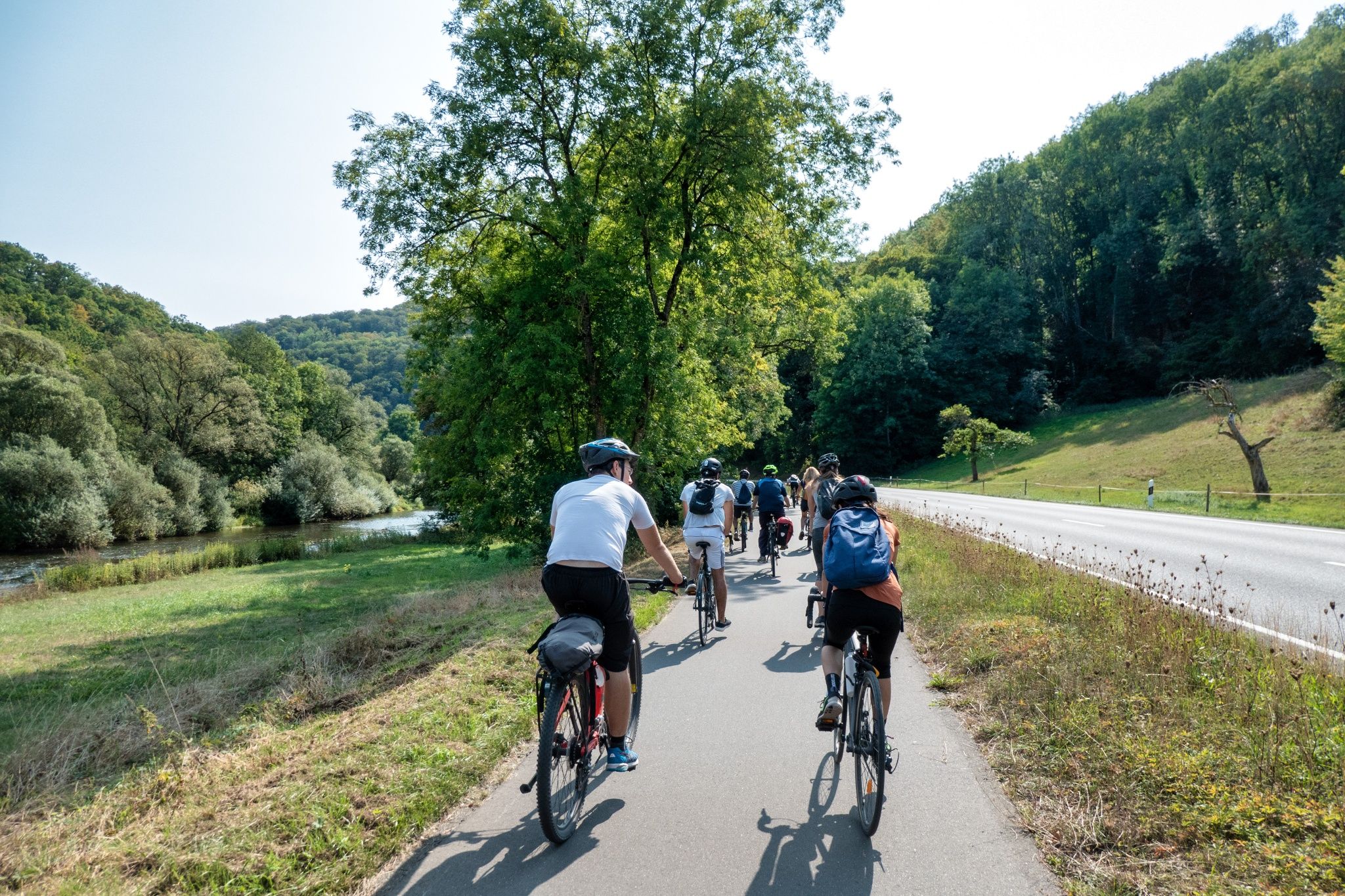

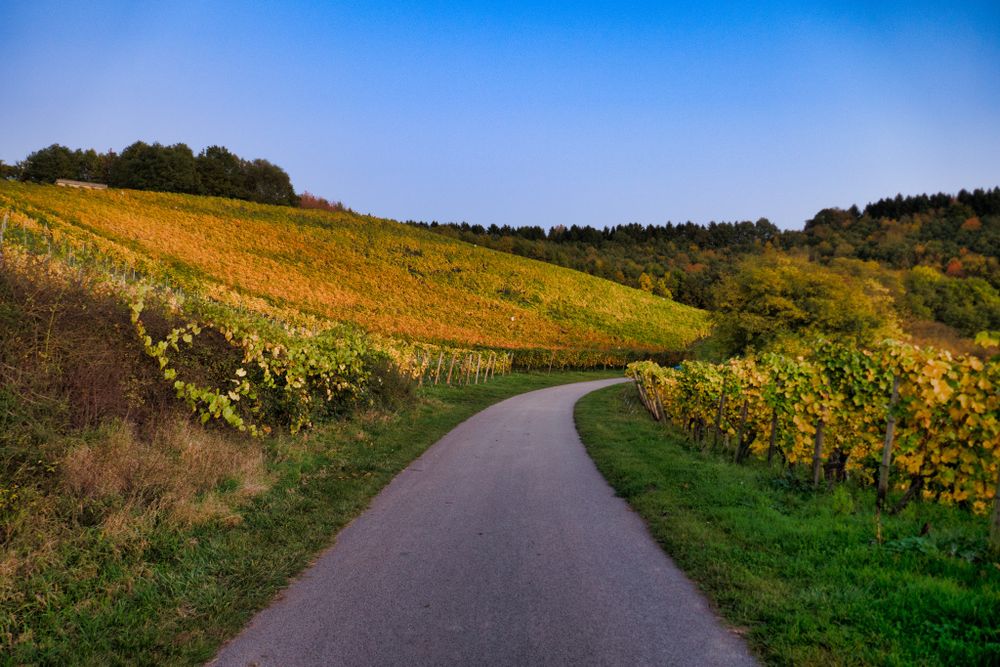
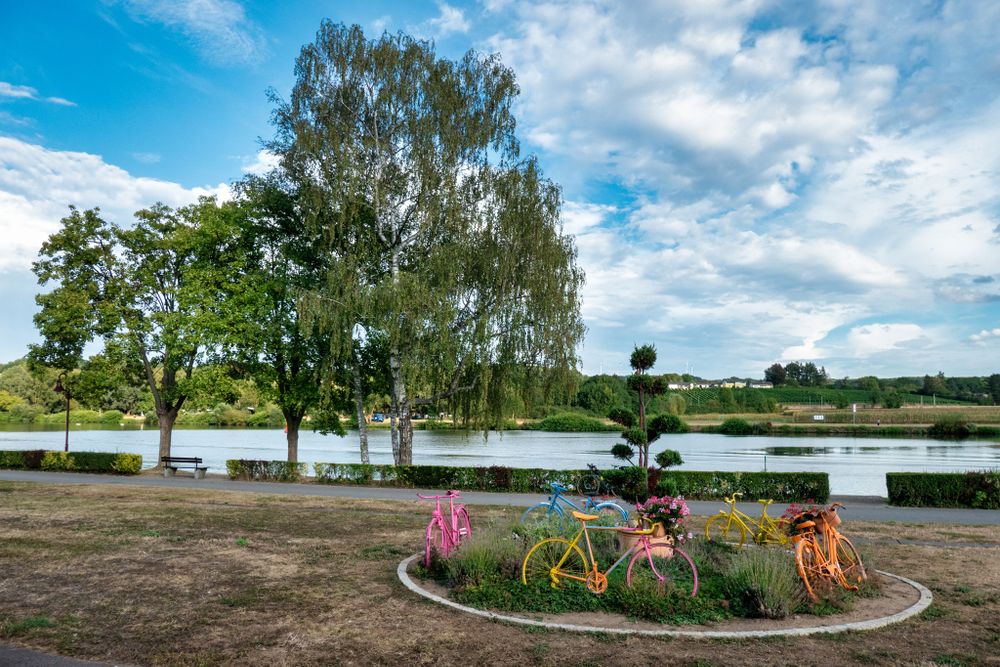
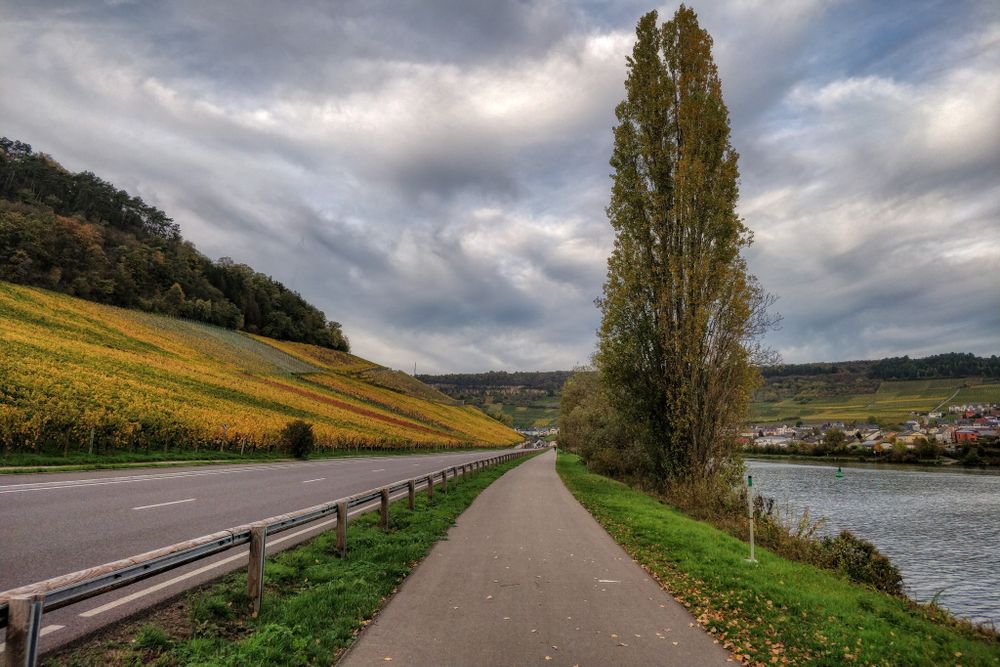
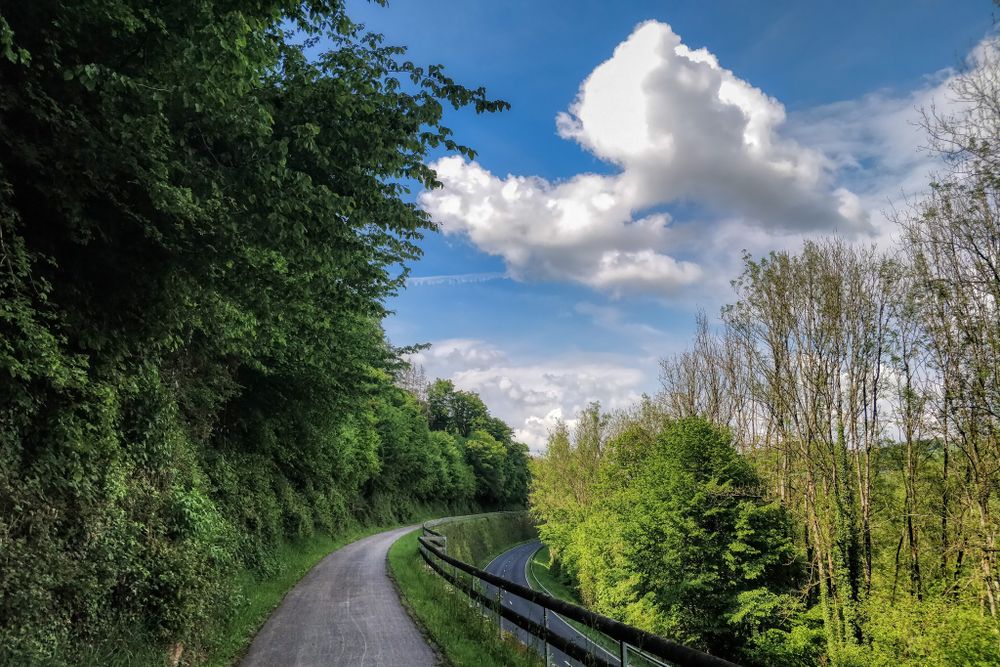
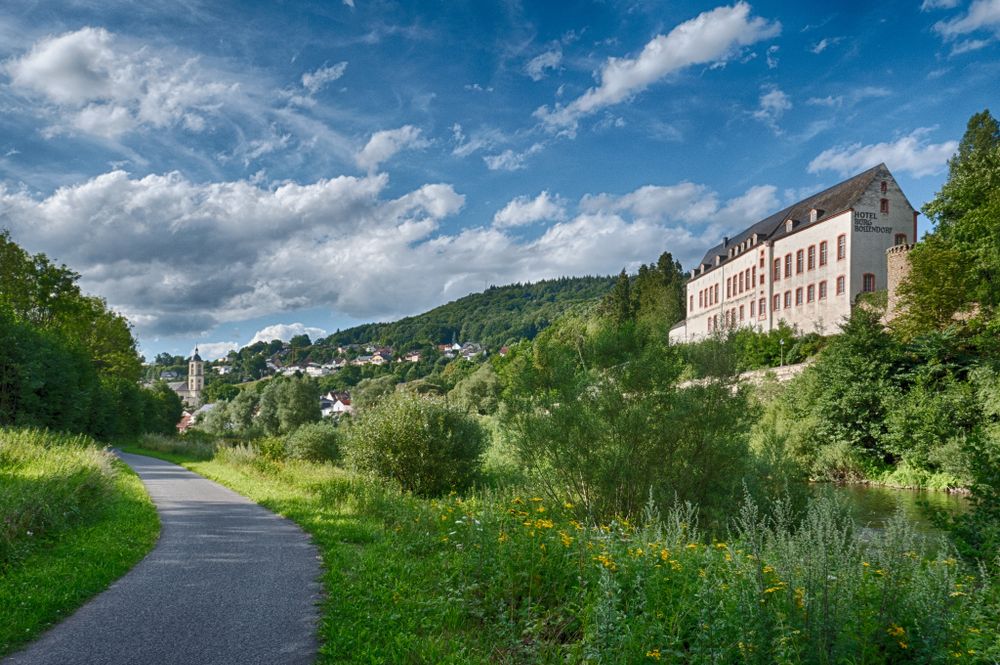
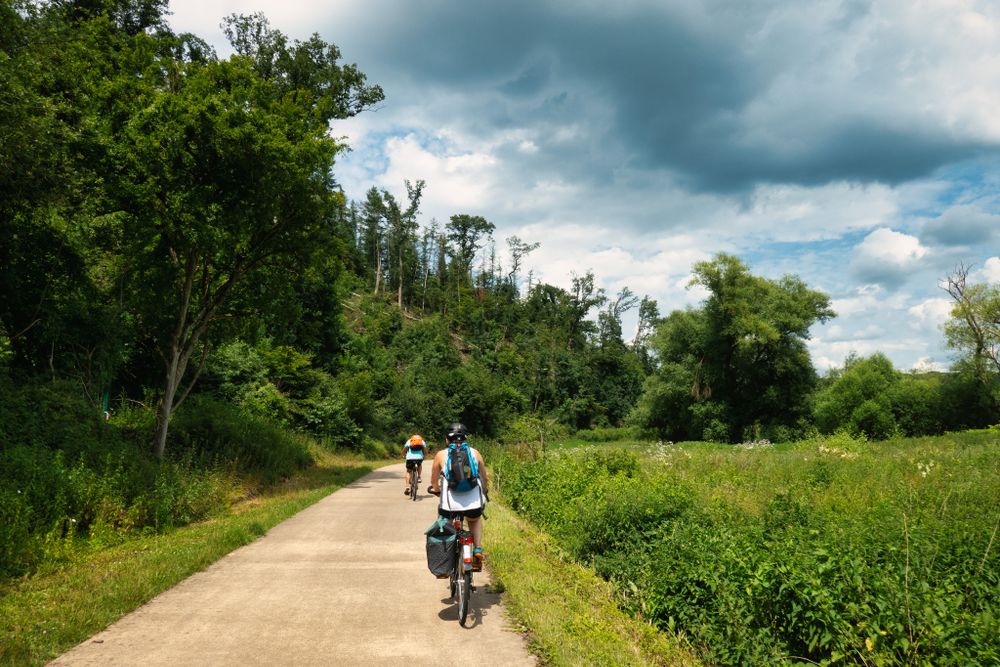
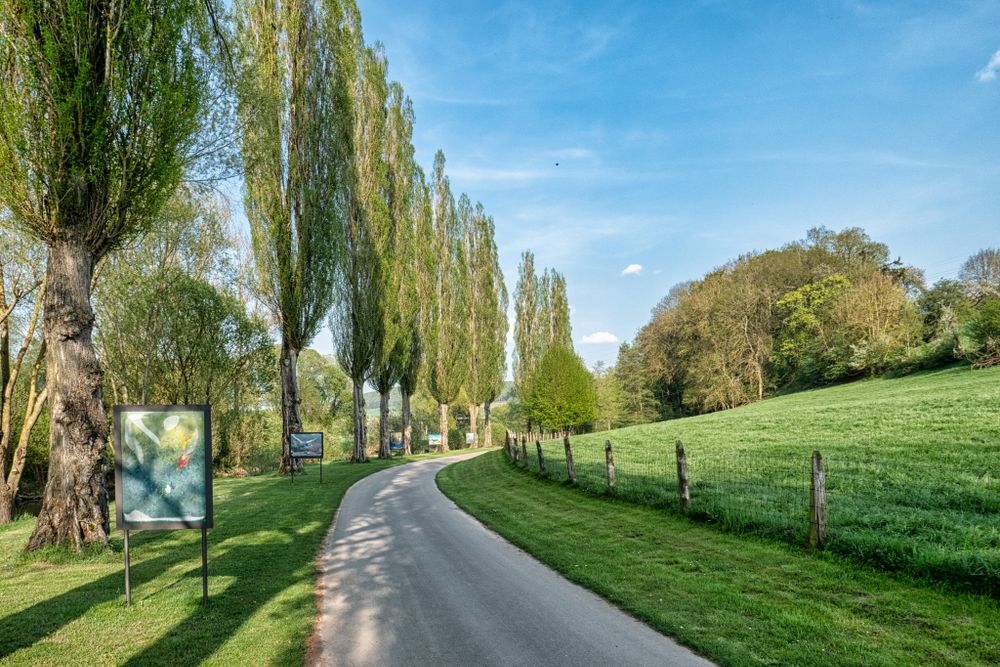
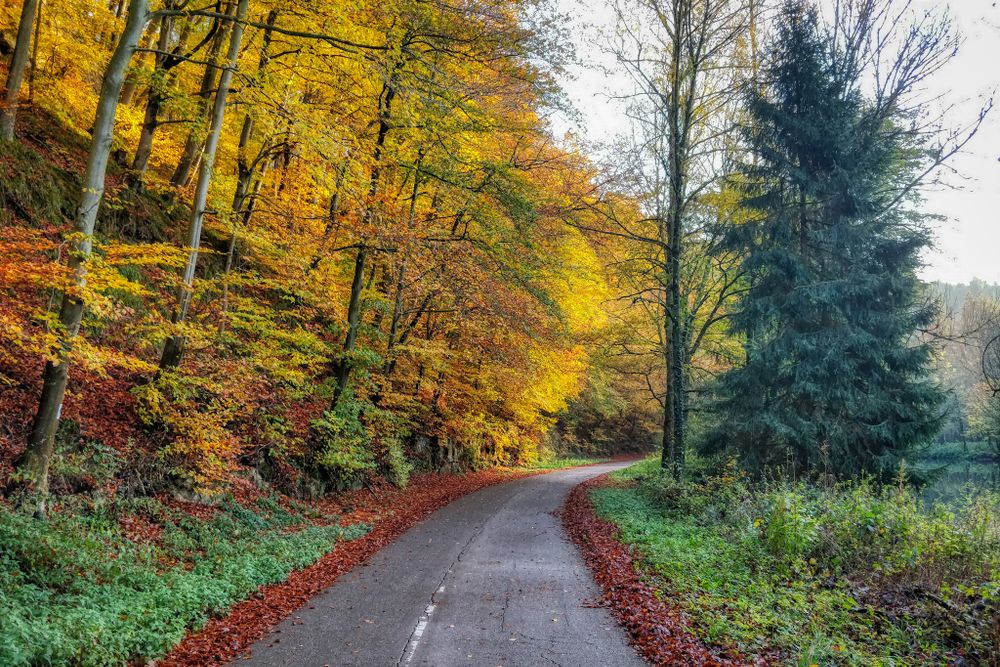
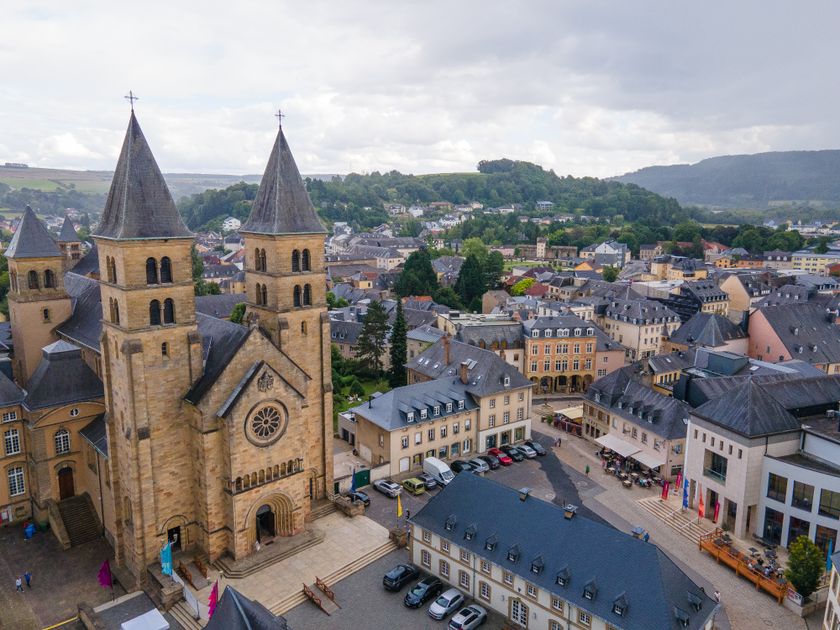
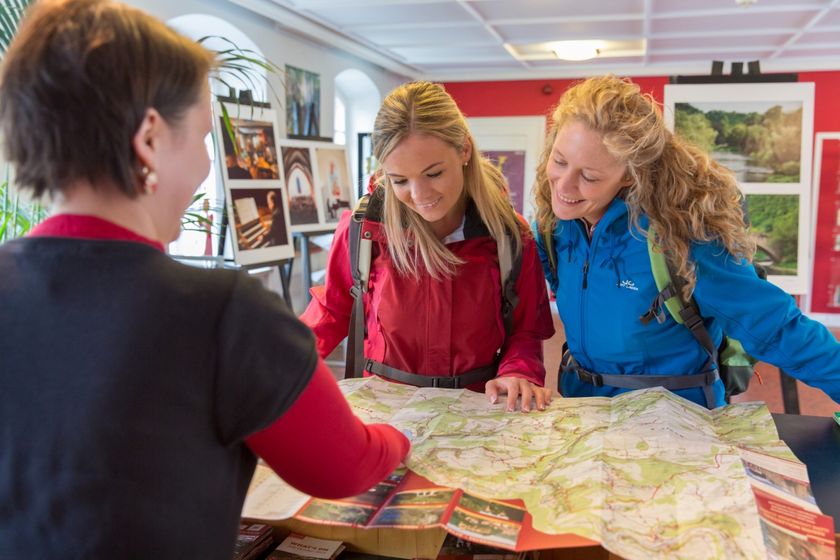
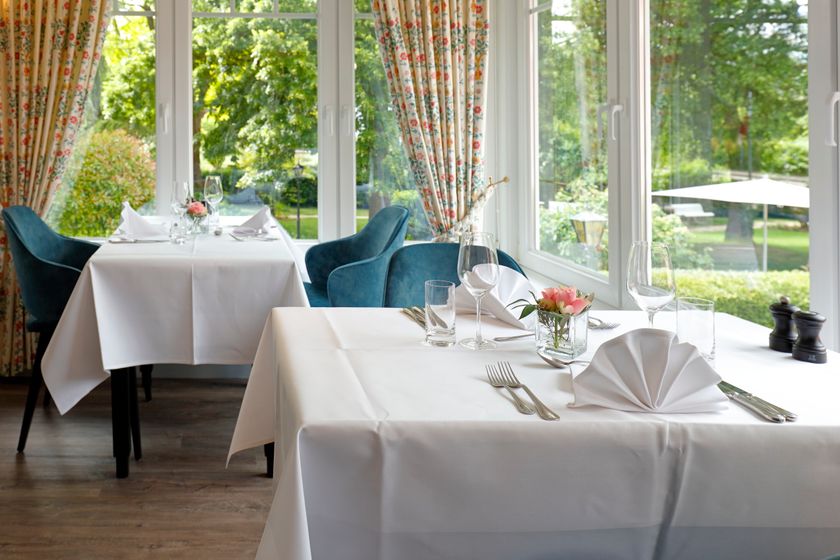
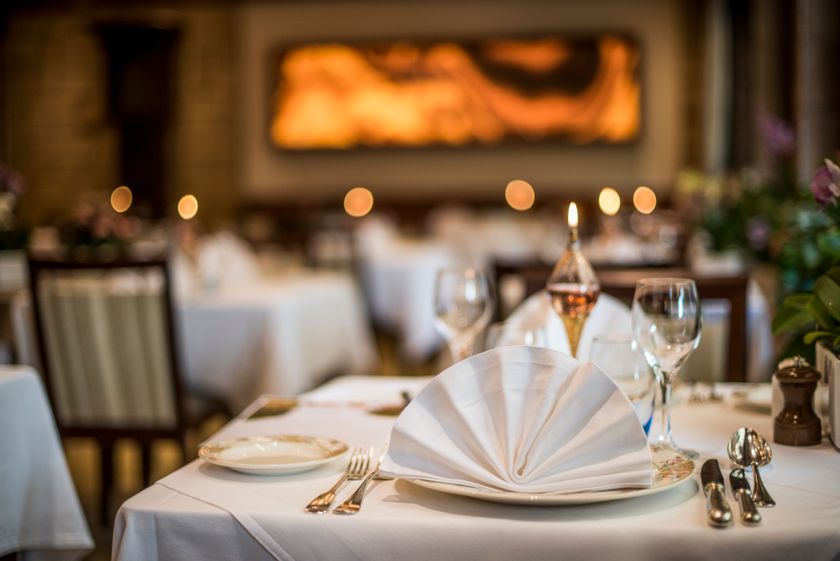
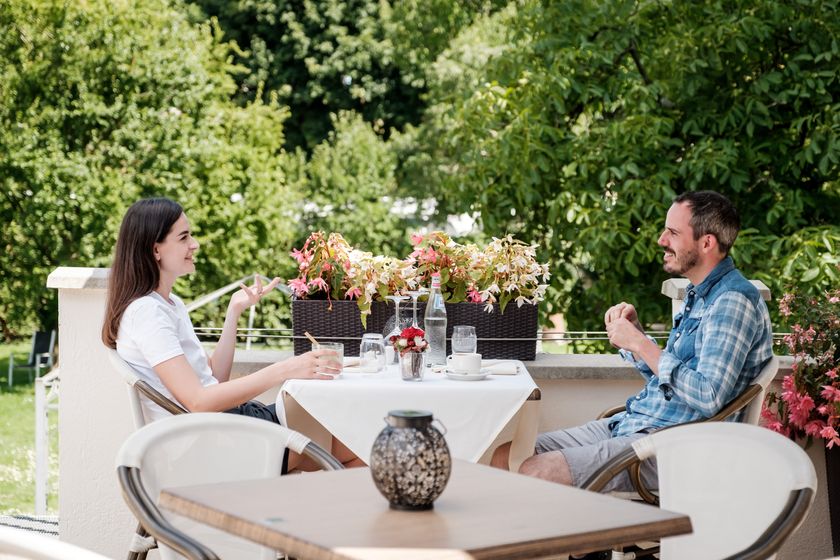
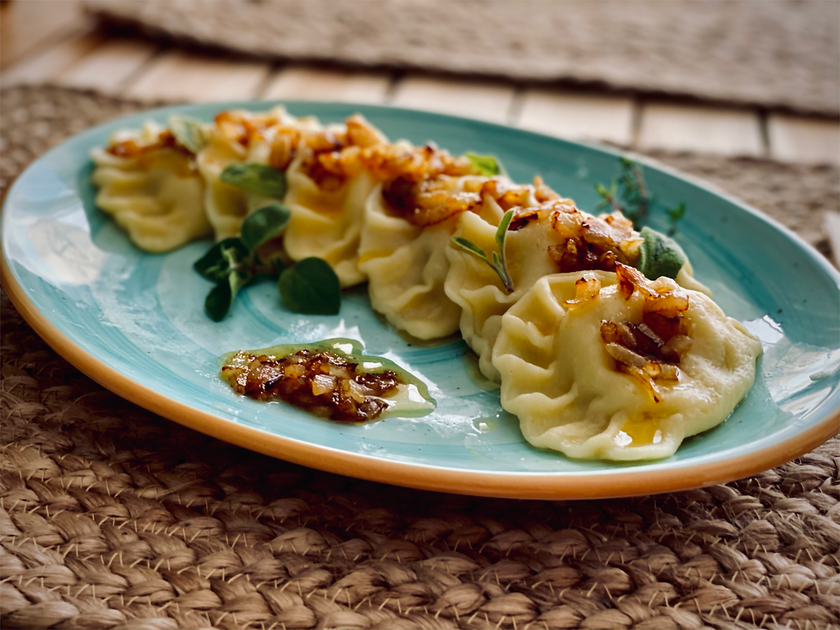
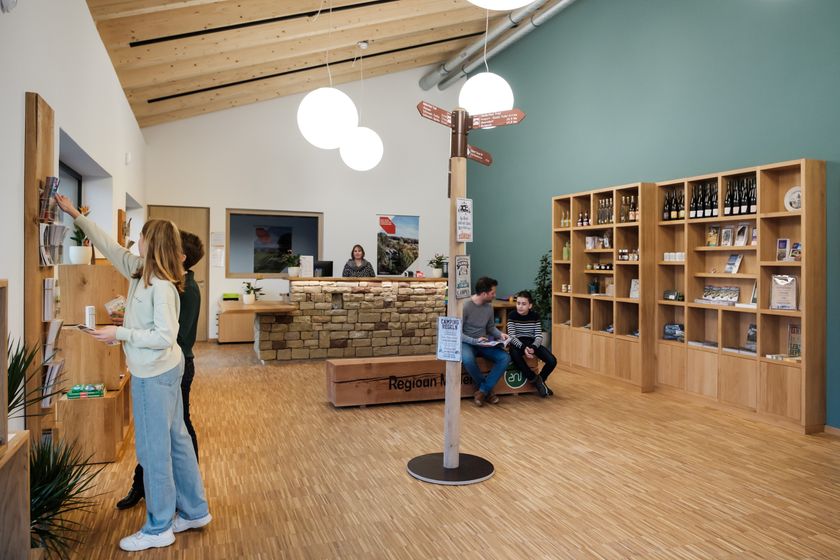
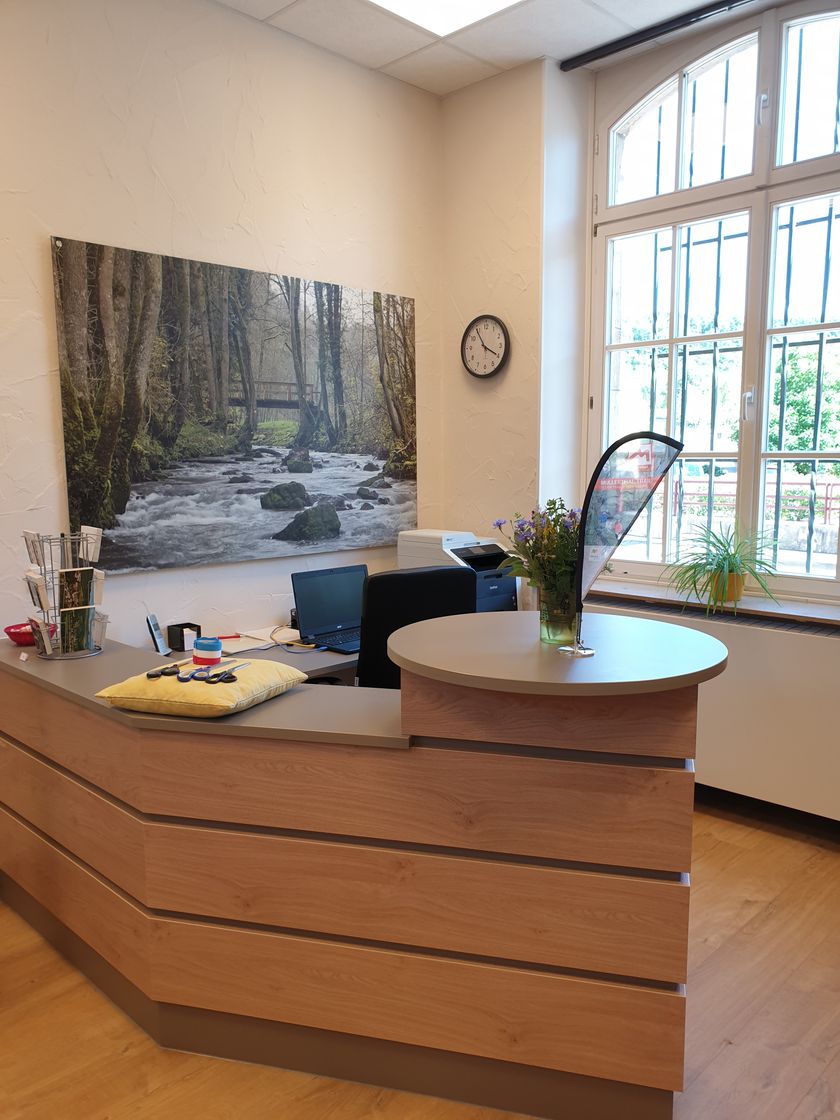
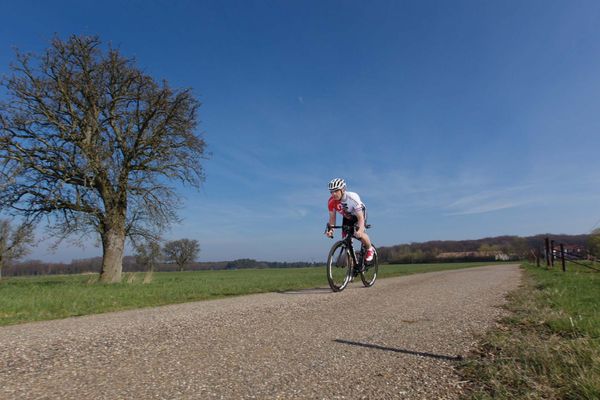
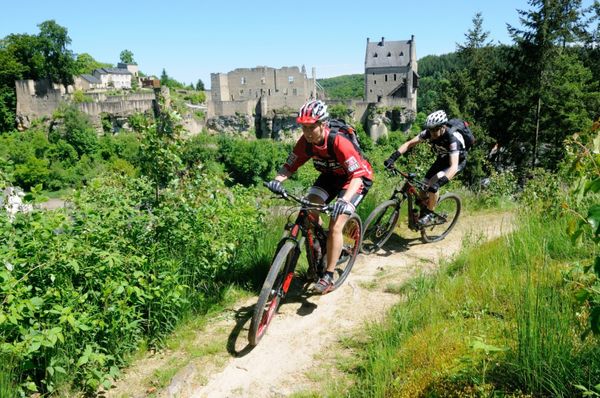
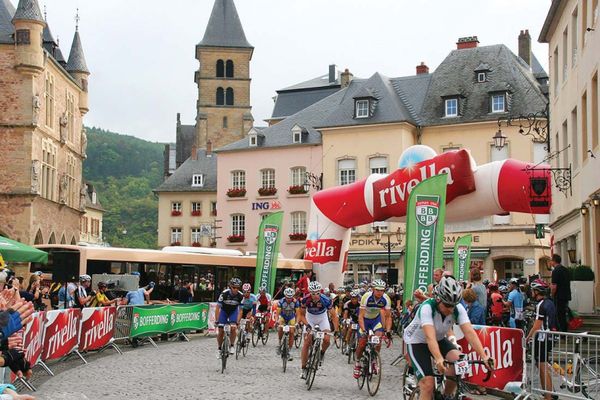
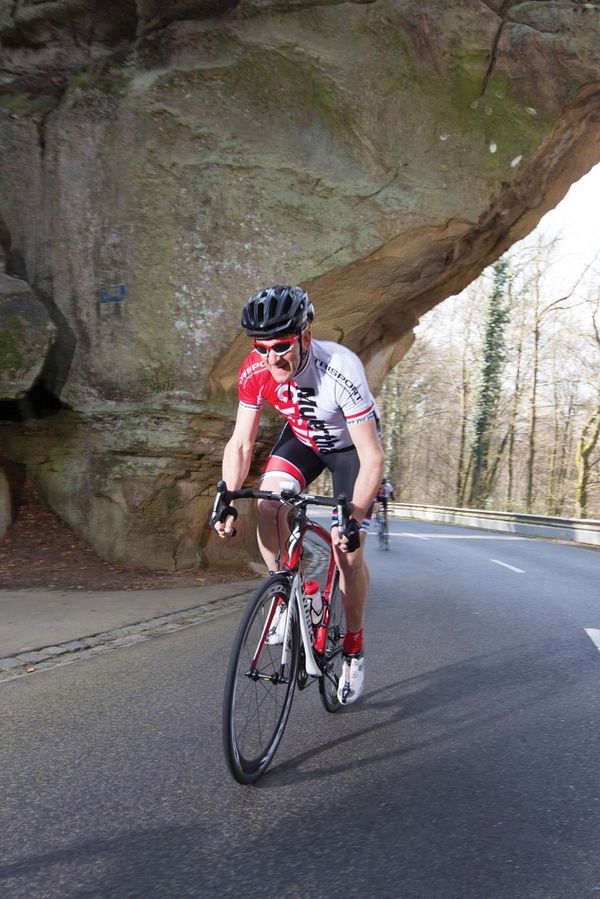
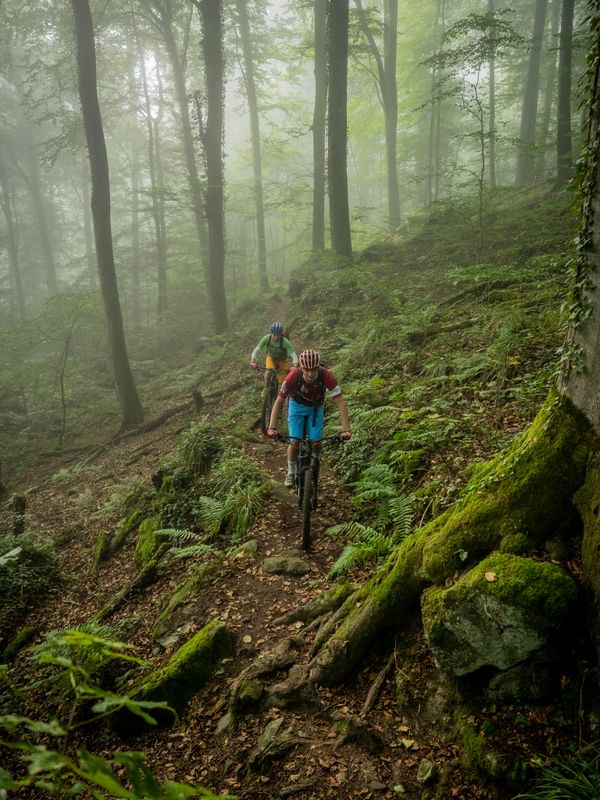
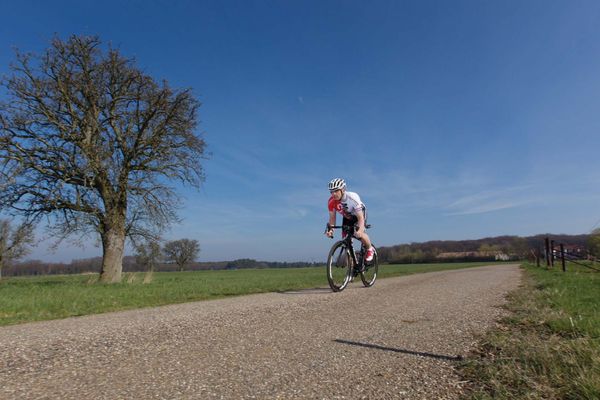
 This website uses technology and content from the Outdooractive Platform.
This website uses technology and content from the Outdooractive Platform.